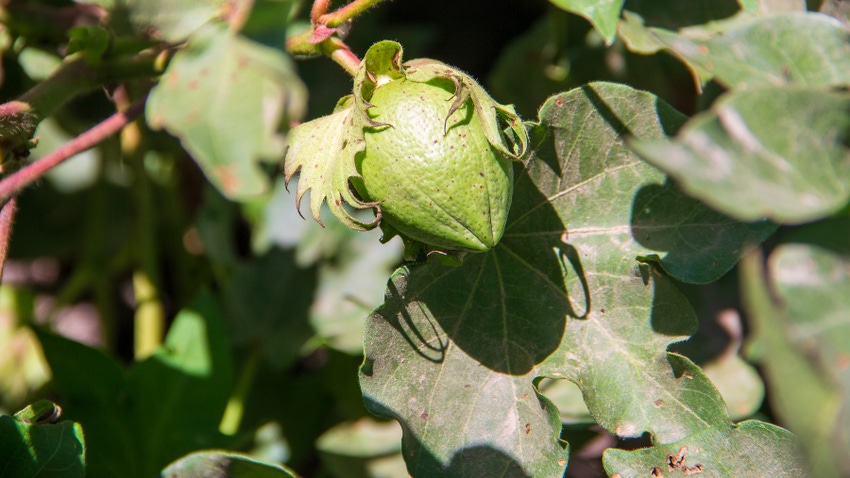
California’s Pima cotton crop was already slated to be lower than it’s been in decades because of weather-related planting restrictions. Add to that a season-wide infestation of lygus insects, and this year’s bale count will be low.
Lygus are decimating California’s fragile Pima crop. Lygus feeding damage will cause cotton bolls to drop, reducing yields. This year’s acreage fell short of even the drought-plagued averages, ironically for the same reason: water. This time, the issue was too much of it and a lengthy rainy season that kept growers from planting by mid-April.
Roger Isom, president, California Cotton Ginners and Growers Association (CCGGA) said the industry recently lost its battle for a tool to perhaps slow the spread of lygus. Several ag industry associations, including the CCGGA, wanted an emergency exemption for Transform, an insecticide labeled for use in the United States, but not approved for use in California. After some intense political pressure, the California Department of Pesticide Regulation denied the request.
In the end, state pesticide officials granted an exemption for Sefina, a different insecticide that Isom says offers great control in white flies and aphids, but not the kind of control pest control advisors say Transform offers.
Sefina is already labeled for use in California, but only for a maximum of two applications in cotton, according to Isom. The emergency exemption granted by DPR allows for a third application of Sefina, though he thinks it may be too late for this year’s California cotton crop.
Isom worries that the transition to white fly and aphid season for cotton growers will be too severe to handle, even with the availability of a third treatment of Sefina.
Labeling issues
California allowed cotton growers to use Transform from 2017 through 2019 on an emergency exemption after lygus populations exploded in 2017. The insect tends to become prolific after wet seasons that add to weed and rangeland grass populations.
In 2020 the Environmental Protection Agency approved Transform for use in the U.S. Because California has its own regulatory process for approving pesticides, DPR would not continue the emergency exemption for Transform.
“We can’t get an exemption and we can’t get our full registration either,” Isom said. “For the last three years, while every other state could use Transform, we can’t, not even in an emergency situation.”
Despite this, the political pressure remains high to do something to address the issues. Isom said a broad spectrum of bipartisan support at the state and federal level seemed for a moment to move the emergency request forward, but DPR wouldn’t budge because the state requires a 30-day review and public comment period under the California Environmental Quality Act.
Isom’s criticism of DPR included its suggestion to use broad-spectrum insecticides over targeted products like Transform. While broad spectrum chemistry would work, it would kill all pests, including beneficial insects. According to Extension cotton specialists, the unintended consequences of killing all insects with a broad spectrum insecticide can lead to a population explosion of bad pests once they return, with yield-robbing results.
“Transform is very selective,” he said. “It only kills lygus. It doesn’t kill the beneficial insects we need.”
Scientists from UC Davis defended the use of Transform over the call for broad-spectrum insecticides like organophosphates and pyrethroids because of the long-standing integrated pest management practices, and calls by the State of California to get away from pesticides that kill everything in their path.
The long game
“We did get a commitment from DPR to work on Transform for next year,” Isom said.
This means that DPR will work towards full registration of the product for use in California, but not in time to save this year’s cotton crop.
Isom is trying to protect what is left of California’s cotton industry. A state that once grew well over one million acres of cotton annually is now down to under 100,000 acres, with just 15 cotton gins remaining in operation.
This is important because California produces most of the nation’s premium Pima cotton. This is the fiber used in fine linens and clothing. Because of California’s climate, Pima cotton has flourished in the state. While it is produced in Arizona, New Mexico, and West Texas, it has not been produced in the other states to the volume that California was once able to produce.
Early 2023 estimates suggested that U.S. Pima production would top 400,000 bales. By early summer, industry officials estimated that the count would be under 300,000 bales. California’s lygus issues may further reduce that total.
About the Author(s)
You May Also Like






